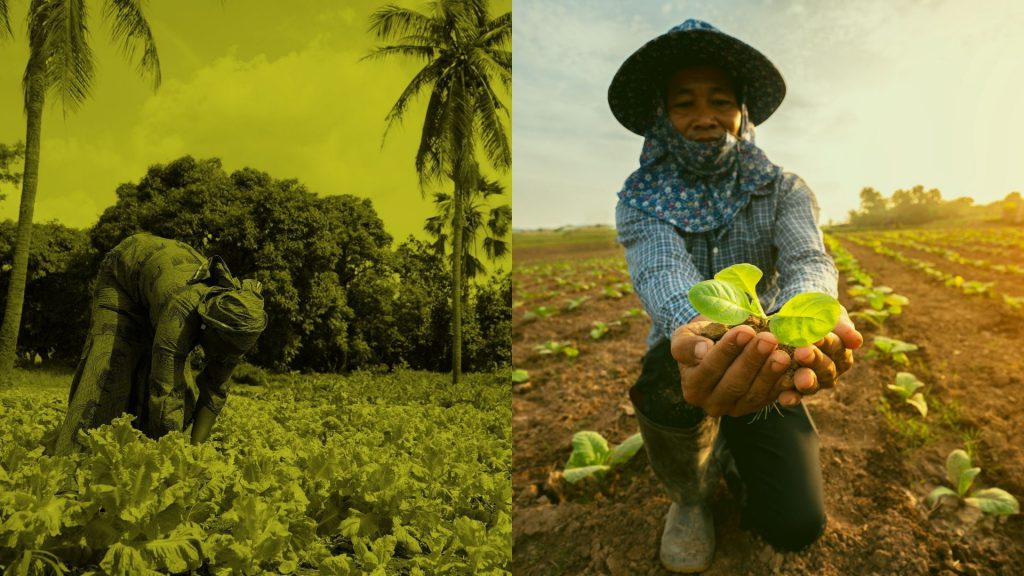Syngenta, Bayer and East-West Seed all have commitments regarding the conservation and use of genetic resources, based on international standards and treaties. As the growth of the formal seed sector can reduce local crop diversity conserved on farms and in communities, seed companies have a role to play in limiting the impact of this trend. Syngenta publicly discloses its significant financial support for the Global Crop Diversity Trust, which is recognized as an essential component of the funding strategy of the International Treaty on Plant Genetic Resources for Food and Agriculture (ITPGRFA). This treaty, which falls under the auspices of the Food and Agriculture Organization (FAO) of the United Nations, aims to guarantee food security through the conservation, exchange and sustainable use of the world’s plant genetic resources for food and agriculture as well as the fair and equitable benefit-sharing arising from their use.
The company also commits to work toward a sustainable solution for the conservation and use of genetic resources of all crops. Similarly, East-West Seed and Bayer have formalized commitments regarding the conservation and use of genetic resources, tying this to crops in their portfolios.
Many companies have informal commitments relating to the sustainable use of genetic diversity. Global companies tend to link such commitments to international approaches to conservation and use, whereas regional companies have committed to comply with relevant regulations in the countries where they are present. Nuziveedu Seeds, for instance, states that it abides by the 2002 Biodiversity Act of India.
